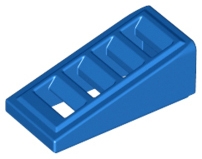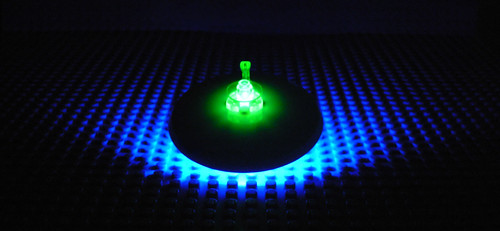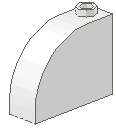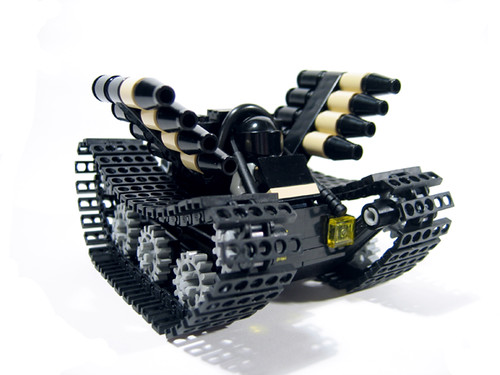 When measuring Lego bricks, we usually use the n x n x n system. This is much like normal measurements in which we provide the width x length x height of the brick, though sometimes the height is not required.
When measuring Lego bricks, we usually use the n x n x n system. This is much like normal measurements in which we provide the width x length x height of the brick, though sometimes the height is not required.Most Lego bricks and plates can be classed as either 1xn or 2xn. In these examples, n could be any number. So 1xn means any brick that has one of its measurements (apart from height) as 1. This could be a 1x2 brick, a 1x4 brick or even a 1x16 brick! Similarly, 2xn bricks can have any length, but have to have a width of 2 (we usually put the shortest measurement as the width, but in the case of square (eg. 2x2) bricks, it doesn't matter).
This measuring system has a flaw, however: the units of width and length (sometimes shown by □ (a square)) are not the same as the unit of height (sometimes shown by ◇ (a diamond)). However, they can be interchanged using the 5:6 ratio, which is that every 5 brick height units equals 6 horizontal stud units.
You may often see a brick has a height of 2/3 (eg. 2 x 2 x 2/3). This is the only height measurement <1, because for every one height unit, three plates can take its place. Thus, 2/3 means that the brick is two plates high: say, for example, a cheese wedge. As I said, this is the only fraction measurement: 1/3 would just be a plate, and 3/3 is a whole, a 1.
The width and length measurements can also be fractions, though only 1/2s. If you use a jumper plate (a 1 x 2 plate with a single stud in the middle of it), you can offset the length or width by 1/2.



















.png)
